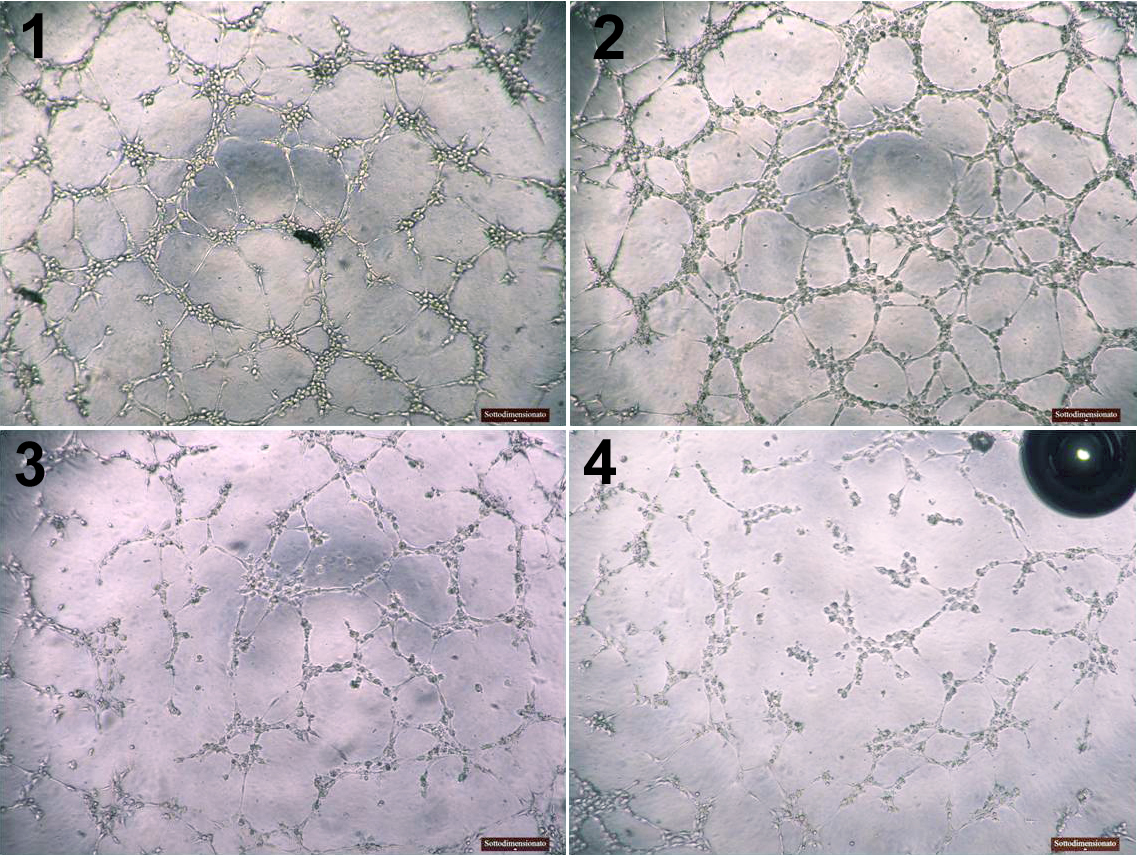TISSUE ENGINEERING AND BIOMATERIALS LAB
Director: Prof. Giuseppe M. Peretti
Research Topics
New strategies to improve bone remodeling in vivo

image description
Bone tissue is capable of spontaneous self-repair, generating new tissue that is indistinguishable from surrounding bone. However, in certain circumstances, the defect is too large, or the underlying physiological state of the patient (osteoporosis, infection, diabetes, and smoking) impairs natural healing necessitating intervention.
Tissue engineering usually directs the formation of neo-bone through the intra-membranous
route relying on the presence of mineralized substrate scaffolds to initiate bone growth through intra-membranous ossification; however more recently numerous studies have illustrated the advantages of bone formation through endochondral ossification. This is the method by which the axial and long bones of the skeleton are formed during embryogenesis and has many features common to bone regeneration after fracture. Condensed chondrocytes at the centre of the proto-bone organ become hypertrophic, and produce large amounts of type X collagen, directing initial mineralization and vascularization, before undergoing apoptosis, to leave a cartilage scaffold that will eventually be remodeled into mature bone. This strategy has been exploited for bone regeneration. huBMSCs seeded on collagen type I scaffolds and induced towards endochondral ossification formed not only bone organs, but also a fully functional bone marrow. But the application of these findings to clinical use is hindered by the incomplete remodeling of the cartilage implant in vivo.
In order to increase the remodeling efficiency of the scaffold, we co-culture primary BMSC with human umbilical cord endothelial cells (HUVEC cell line), indirectly in 2D and directly in 3D bioreactors. The coculture of mesenchymal stem cells and endothelial cells may indeed increase bone remodeling by coupling angiogenesis with osteogenesis, thus enabling a better access for osteoblast and osteoclasts to the core of the scaffold, and therefore increasing the endocondral ossification of the construct
Publications
- Fisher JN, Peretti GM, Scotti C. Stem Cells for Bone Regeneration: From Cell-Based Therapies
to Decellularised Engineered Extracellular Matrices. Stem Cells Int. 2016; Article ID 9352598.
doi: 10.1155/2016/9352598.
